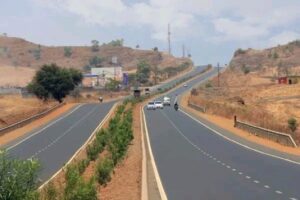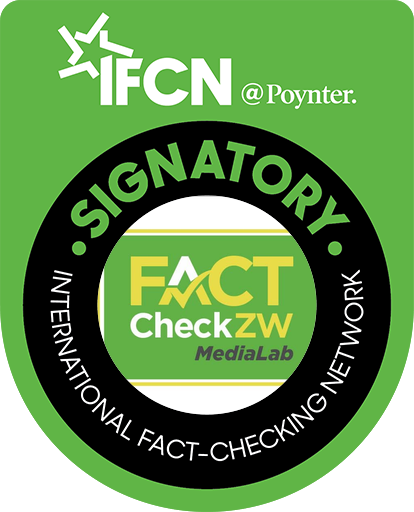CLAIM:Over the past five years, Zimbabwe’s economy has grown at an average rate of 3-6%
SOURCE: Patrick Chinamasa, ZANU-PF Secretary for Legal Affairs
VERDICT: False
This is the second claim made by ZANU-PF secretary for legal affairs, Patrick Chinamasa. The claim is one of 31 he made on an X post.
Similar claims have been previously made by senior politicians.
Economic growth refers to an increase in the size of a country’s economy over a period of time. The size of an economy is typically measured by GDP.
Gross Domestic Product
Investopedia defines Gross domestic product (GDP) as the total monetary or market value of all the finished goods and services produced within a country’s borders in a specific time period.
The International Monetary Fund says GDP measures the monetary value of final goods and services—that is, those that are bought by the final user—produced in a country in a given period of time (say a quarter or a year). It counts all of the output generated within the borders of a country. GDP is composed of goods and services produced for sale in the market and also includes some nonmarket production, such as defense or education services provided by the government.
Chinamasa’s claim implies that since 2019, Zimbabwe’s economy has been growing at an average of 3-6% per year.
Let’s look at year by year growth.
According to the International Monetary Fund, in 2019 and 2020, Zimbabwe’s GDP had negative growth of -6.3% and -7.8%, respectively.
This is the same data reported by the World Bank, here.
2021 was a good year for the country’s economy with growth pegged at 8.5% by the two financial Institutions.
With growth rates of 6.1% in 2022 and 5.3% in 2023, Zimbabwe became one of the fastest-growing economies in Southern Africa, due to an expansion in agriculture, mining, and remittances-induced services growth.
However, due to the El Niño-induced drought, GDP growth is expected to decline to 2% in 2024. According to the World Bank, this was exacerbated by lower mining prices,macroeconomic instability and ongoing power shortages, which have all contributed to decreased industrial growth and disrupted winter irrigation.
The figures are almost similar to the ones reported by the African Development Bank. It reports that GDP growth moderated from 6.1% in 2022 to 5.0% in 2023, due mainly to drought and floods that affected agricultural output and to higher costs of fuel and food imports. It’s 2023 figure of 5.0% is slightly lower than the 5.3% reported by the World Bank, IMF and the Reserve Bank of Zimbabwe, here.
In 2024, economic growth has been projected by these financial Institutions to be at 2%.
Conclusion
Contrary to Chinamasa’s claim that ‘over the past five years, Zimbabwe’s economy has grown at an average rate of 3-6%’, the economic growth has not always been at an average rate of 3-6%. It has been at -6.3% in 2019; -7.8% in 2020; 8.5% in 2021; 6.1% in 2022 and 5.3% in 2023. For 2024, it is projected to be 2%. These figures do not give an average rate of 3-6%. It is an average of 1.16% over the 5 year period.
This Fact check was produced with the support of FullFact AI. The AI identifies potential claims for fact checking.











